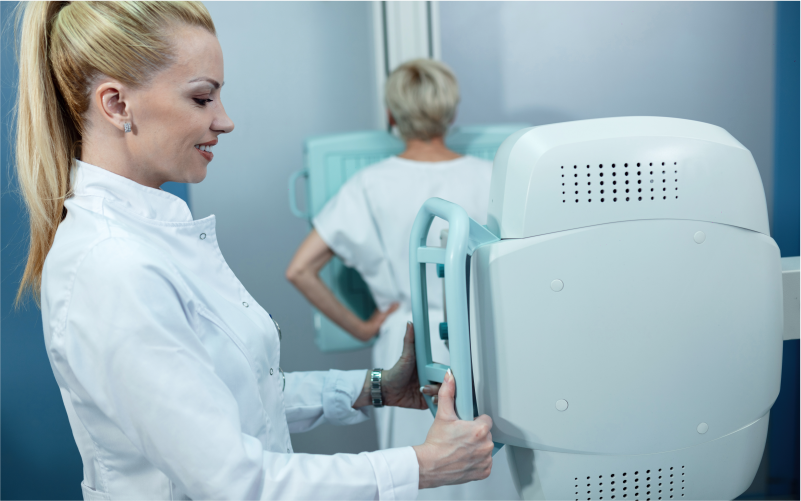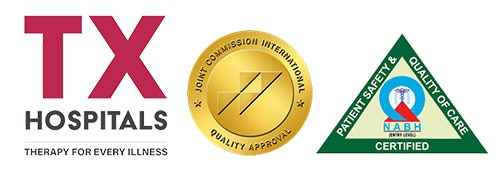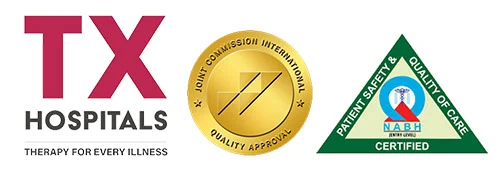Dexa scan
A Dexa scan, also known as dual-energy X-ray absorptiometry, is a diagnostic test that measures bone mineral density (BMD). It is a common and non-invasive procedure used to assess bone health and diagnose conditions such as osteoporosis. Dexa scan uses low-dose X-rays to measure the density of bones in different areas of the body, typically the spine, hips, or wrist. Here’s an overview of Dexa scan, including how it works, when it is needed, and potential risks and complications.

How it Works
During a Dexa scan, you will lie on a table while a scanning arm passes over your body. The scanning arm emits two different X-ray beams, each with different energy levels. The amount of each X-ray beam that is absorbed by the bones is measured, allowing for the calculation of bone mineral density. The test is painless and usually takes only a few minutes to complete. The results are typically reported as T-scores, which compare your bone density to that of a healthy young adult of the same sex.
When it is Needed
A Dexa scan may be recommended in the following situations:
Osteoporosis screening: To assess bone density and evaluate the risk of fractures, especially in postmenopausal women and older individuals.
Monitoring bone health: To track changes in bone density over time, especially in individuals with known risk factors for osteoporosis or those undergoing treatment for bone-related conditions.
Fracture risk assessment: To determine the risk of future fractures in individuals with a history of low-impact fractures or those on long-term corticosteroid medications.
Risks and Complications
Dexa scan is generally safe, and the radiation exposure is low. However, there are some potential risks and considerations to be aware of:
Radiation exposure: While the radiation dose from a Dexa scan is very low compared to other X-ray procedures, it is still important to minimize radiation exposure, particularly in pregnant women or individuals who have had multiple X-ray tests recently.
Allergic reaction: Rarely, some individuals may experience an allergic reaction to the contrast dye used in certain Dexa scan procedures. If you have a known allergy to contrast dye, it is important to inform your healthcare provider before the test.
Claustrophobia: Some individuals may feel anxious or claustrophobic during the scan if they are uncomfortable in confined spaces. Informing the healthcare provider about any concerns beforehand can help alleviate anxiety.
It’s important to note that the benefits of a Dexa scan, such as early detection and management of osteoporosis, typically outweigh the potential risks and discomfort associated with the test. The procedure is performed by trained professionals who take appropriate precautions to ensure safety and accuracy of the results.
Overall, Dexa scan is a valuable tool for assessing bone health and diagnosing osteoporosis. If you have specific concerns or questions about the procedure, it’s recommended to discuss them with your healthcare provider beforehand. They can provide you with more personalized information based on your individual health needs.







